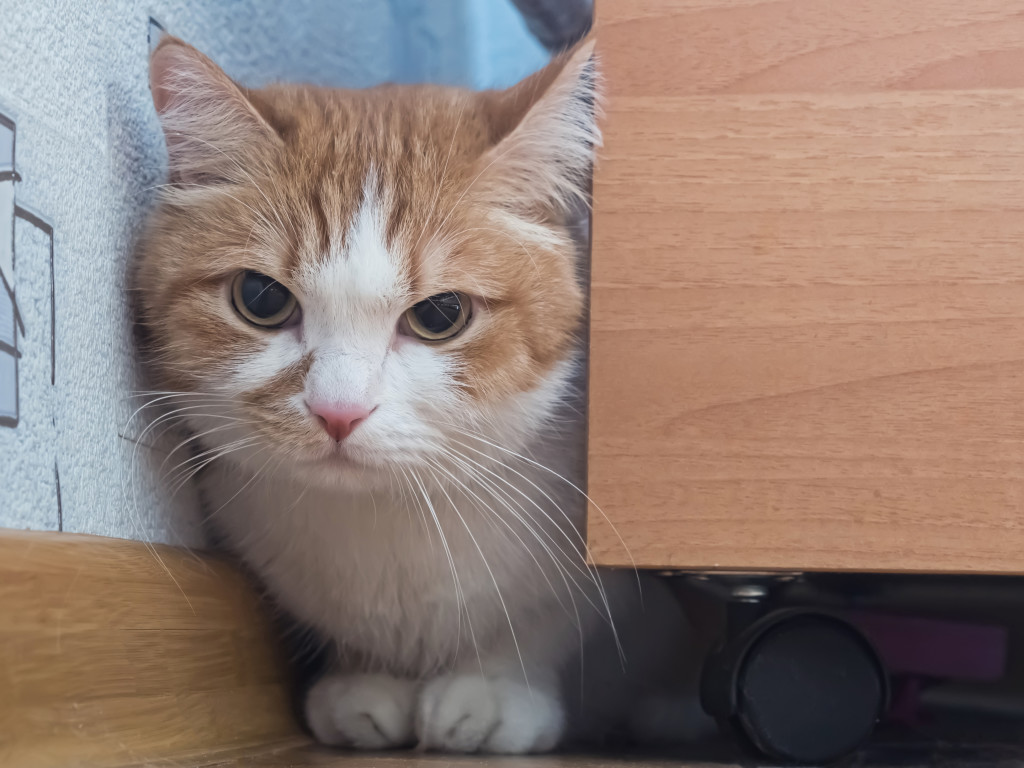Animal Intelligence
 Humans are the most intelligent animals on the planet, aren’t we? After all, we can speak, write books, drive cars, juggle, and play on Facebook. But what makes up intelligence, and how do we know what animals know or don’t know?
Humans are the most intelligent animals on the planet, aren’t we? After all, we can speak, write books, drive cars, juggle, and play on Facebook. But what makes up intelligence, and how do we know what animals know or don’t know?
One way that researchers have tested animal intelligence is by setting up challenging tasks for them and seeing if they can complete them, how they do it, whether they use tools, and how long it takes them. Would you like to get into the heads of the animals around you and see what they are able to think their way through?
The Experiment(s)
Rather than a single experiment to test one single idea, this time we’re looking at a series of tests that you can apply to the different animals in your environment. First, think of the animals around you which could be pets (like dogs and cats), farm animals (cows, pigs, chickens, etc.), or wild animals (birds, squirrels, turtles, etc.) that might live near your home or school. Next, think of questions you might want to answer about animal intelligence. Think about the things that you can do, and then ask yourself if animals can also do the same. Here are some examples:
1. Tools:
Can animals use tools?
 One way to test if animals can use tools is to give them a challenge that can only be completed using a tool, and give them the tool. For example, try putting something delicious and sticky in the bottom of a jar and leaving a stick next to it, and see if any animals pick up the stick (usually in their mouth) to pull the sticky food out of the jar. Try to make sure that there is only 1 way to get the food out – by using the stick.
One way to test if animals can use tools is to give them a challenge that can only be completed using a tool, and give them the tool. For example, try putting something delicious and sticky in the bottom of a jar and leaving a stick next to it, and see if any animals pick up the stick (usually in their mouth) to pull the sticky food out of the jar. Try to make sure that there is only 1 way to get the food out – by using the stick.
Can animals make tools?
Research has found that some animals CAN use tools, but can they make their own? You could try the previous test but not give the animals a stick, so they would have to find their own and bring it to use. Another idea that is similar is to put some yummy food high up where an animal can’t get it and see if they use a tool to knock it down (like throwing something at it or poking it with a long stick).
2. Academia:
Can animals learn to read?
Suppose you set out 2 boxes, each with a different letter on it, like X and Y. If you put food in box X and no food in box Y, then put the boxes out for an animal to find, it will go to the one with food in it, right? So what if you do this a few times, always putting food in box X. Do you think the animal will notice the X and look for it? You could test it by putting an X and a Y on 2 other things, and watching to see if the animal goes to the X first to look for food, even if there is no food there but just the X. That might mean the animal has learned to read!
Can animals count?
Some people pretend to train dogs to bark the answers to addition questions, like “What’s 1+3?”, but they usually give the dog a signal to stop counting when they get to the right answer. How could you test if animals really can count? One way might be to design a test so that if an animal does something the right number of times, not more or less, then it gets a reward. Can you think of a way to teach an animal a number and then test if it can count it?
3. Investigation:
Can animals see through disguises?
Do you have a digital camera and a printer? Suppose you take a picture of the face of a person who gives food to an animal on a regular basis and print it out and then wear it like a mask. Will the animal realize that you’re not that person, or will it come to you for food? On the other hand, if you’re the person who feeds the animal, try wearing a mask of someone else’s face. Will the animal still recognize you?
Do animals understand cause and effect?
You could put out food every time an animal rings a bell. Will it notice the connection? Try this or another test of your own design!
4. Memory:
Can animals remember where things are?
Think of something an animal might want, but that isn’t food so that it doesn’t have a strong smell that will tell the animal where it is. Let it use its memory only. For example, put your cat’s favorite toy under a red cup next to a blue cup while it is watching. Take the cat away for a few minutes and then bring it back to the cups. Will it remember which cup the toy is under? Try this many times to make sure that it’s not just guessing.
Can animals remember directions?
What if you made a maze for an animal (best to stick to domesticated and not wild animals) and let it find its way out? If you check how long it takes the animal to get out the first time, and then let it try the maze again, do you think it will find they way faster? Mazes aren’t just for mice, but a maze for a cow might take a lot more time to construct! Remember not to make the maze scary for the animal.
Remember:
Don’t set up any tests that can harm animals by hurting them, giving them foods that they shouldn’t eat, or frightening them or their babies!
Also, don’t go near any wild animals because no matter how cute they might look, they may be dangerous and hurt you if they get scared.
What do you think will happen?
Do you think some animals are smarter than others? Do you think there are some things no animal can do? Once you plan your tests, write down what you think will happen in each of them.
What Did You Find?
What happened in each of your tests? Did they work as you planned? Did you find out anything you didn’t know about any of the animals you tested? Do any of your tests need to be changed or improved?












